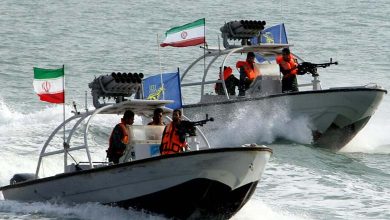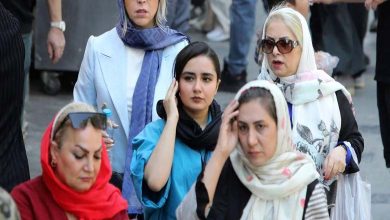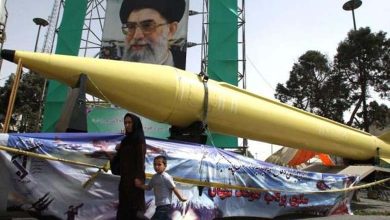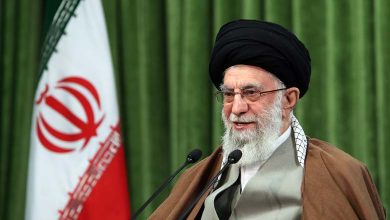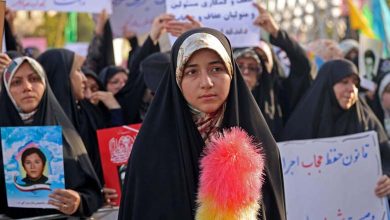Authorities are ready to review the headscarf law to silence protesters
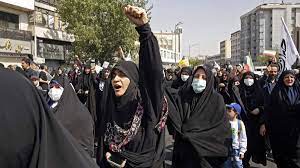
Iran’s parliament and judiciary are reviewing a law requiring women to wear a head scarf that sparked months of deadly protests, the country’s top prosecutor said, to silence protesters.
Iran has been witnessing protests since the death of 22-year-old Iranian Kurdish Mahsa Amini, who was arrested on September 16th by “morality police” for violating Iran’s strict dress codes. She was briefly in a coma and died three days later.
Protests included the burning of women wearing their hijab and anti-government slogans. Since Amini’s death, more women are refusing to wear the hijab, especially in northern Iran.
Observers believe that the Iranian authorities, who failed to suppress the protests, decided to silence them by reconsidering the hijab law. This is the first retreat of its kind by the authorities in a country that faces its opponents, especially secularists who are demanding freedom of iron and fire.
Iran observers say the latest move is a ploy to get around demands for freedoms and regime change.
Hijab became mandatory in Iran as of April 1983, four years after the Islamic Revolution that overthrew the Shah.
In Qom, Iran’s Attorney General Mohammad Jafar Montazeri said that “the parliament and the judiciary are working (on this case),” referring to whether the law needs to be amended.
Montazeri did not want to specify what could be amended in the law, the official ISNA news agency reported Friday.
On Wednesday, the review body met the parliament’s cultural committee and the prosecutor general said the results would be released “within a week or two”.
On Saturday, Iranian President Ebrahim Raisi said in a televised speech that the republican and Islamic foundations of Iran are firmly established in the constitution.
As veiling became mandatory and dress standards changed, it became common to see women wearing tight jeans and loose colored veils.
But in July this year, the hardline conservative Raisi called on “all state institutions to enforce the headscarf law”.
Iran’s arch-enemy the United States and Washington’s allies, particularly Britain, Israel and Kurdish factions outside the country, are accused of instigating street violence that Iranian authorities describe as “riots”.
For the first time, Brigadier General Amir Ali Hajizadeh, commander of the Revolutionary Guards Aerospace Force, announced this week that more than 300 people had been killed in Iran since protests over Amini’s death broke out.
On Saturday, Iran’s National Security Council issued a statement announcing that “more than 200 people” had been killed in the unrest.
Security personnel, civilians, armed separatists and “rioters” were among those killed, the Islamic Republic News Agency quoted the council as saying.
Iran’s National Security Council said that in addition to the death toll, the violence has caused millions of dollars in damage.
The Oslo-based Human Rights Organization in Iran reports that security forces have so far killed at least 448 protesters, mostly in Sistan-Baluchestan, in southeastern Iran bordering Pakistan and Afghanistan
Last week, UN High Commissioner for Human Rights Volker Türk said that 14,000 people, including children, had been arrested in the crackdown on protests.




